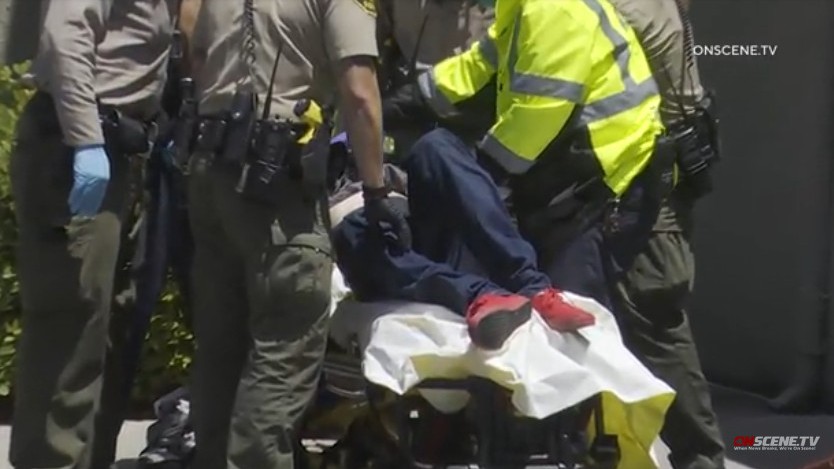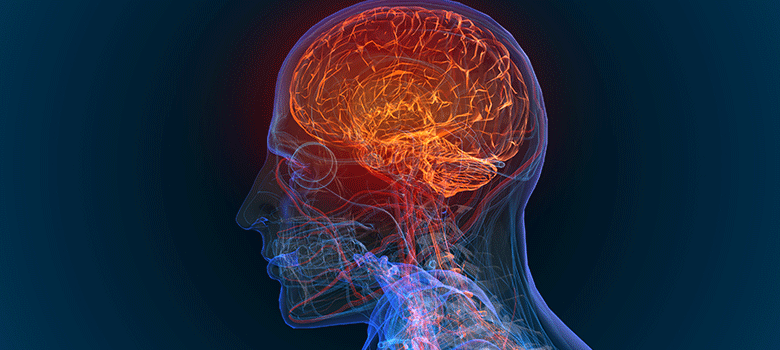[ad_1]

The number of local drug overdose deaths from fentanyl has risen dramatically over the last several years. In San Diego County there were 151 fentanyl-related deaths in 2019, jumping to 462 in 2020, and hitting approximately 800 in 2021, with potentially more cases still pending.
Officials estimate about 33,000 doses of naloxone need to be distributed locally each year to get control of the crisis. And they are considering distributing test strips that would allow addicts to test their drugs for fentanyl before using.
While these are possible solutions to overdoses, we also need to be prepared to address the underlying cause —addiction—which includes having readily available treatment for substance use disorders.
Those with addiction continue to be blamed for their disease. Even though the medical community long ago reached a consensus that addiction is a complex brain disorder with behavioral components, many people continue to believe it’s tied to moral weakness and flawed character.
The results can prove tragic. For example, people with addiction often avoid seeking healthcare because they have been treated badly in those settings in the past. But the urgency of the burgeoning fentanyl crisis requires us to provide the necessary help.
Until just a few years ago, heroin-related overdoses were typically reversed with a single dose of naloxone by paramedics. The arrival of fentanyl changed the landscape. Victims now require multiple doses of naloxone, transports have risen, and death rates have soared.
If there could be a bright side to any of this, it would be California Bridge Program. For the first time, emergency room patients presenting with serious opioid withdrawal can find compassion at designated bridge hospitals prepared to initiate life-saving buprenorphine, which rapidly eliminates withdrawal suffering and provides a path to future compassionate care.
In the case of mental health disorders, there are a myriad of stereotypes regarding mental illness, often propelled by media, that portray people with mental illness as dangerous. The truth is there is only a small number of people with mental illness who pose a danger to others. Far more people suffer from fear of revealing their condition and fail to seek assistance because of such erroneous thinking.
You could argue that in this world everyone should expect to suffer a mental health condition at some point in their life considering the horrors in the news every day. Humans were hunters-gatherers not very long ago, not members of a global community.
Perhaps it should be no surprise then that many people with mental health disorders attempt to self-medicate with drugs . After all, much of individual health is linked to adequate food, clothing and shelter. Nobody should be surprised that an underfunded mental health system set the stage for our current epidemic of drug use, mental health crisis and rising homelessness.
Governments at the federal, state, and local level need to invest in readily available access to mental health resources and housing. When the mental health wards were shuttered years ago, the expansion of community-based support did not follow. We need to address the consequences of government inaction.
I am very fortunate to serve as the medical director of McAlister Institute, an organization of 400 employees dedicated to helping individuals with substance use disorders. Our founder, Jeanne McAlister, fundamentally transformed the approach to helping individuals suffering from the disease of addiction and the stigma that so often came with it.
Substance abuse and mental health disorders routinely orbit like twin stars, and a holistic approach that addresses both is critical to solve our otherwise unmanageable fentanyl challenge.
Dr. James Dunford served as San Diego’s first director of emergency medical services and is medical director of the McAlister Institute, which provides low-cost substance abuse treatment, drug intervention, and recovery support.
[ad_2]
Source link



